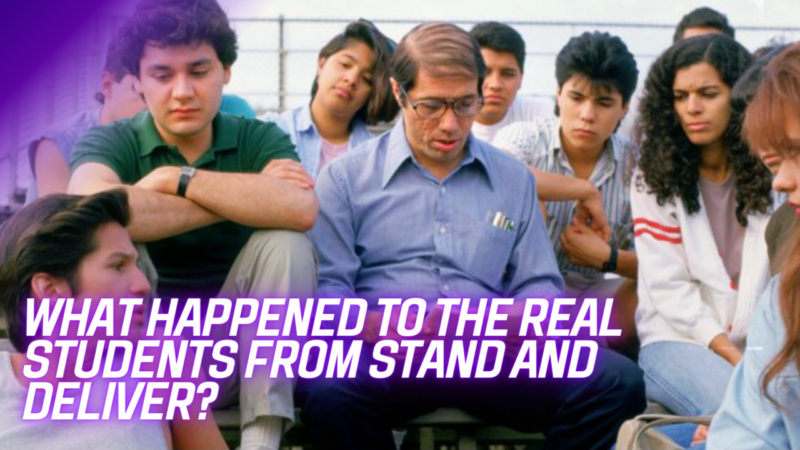The concept of community has undergone significant changes over the years. In the past, community was often defined by physical proximity, with people living in close-knit neighborhoods and interacting with one another on a daily basis. However, with the advent of technology and the rise of social media, the traditional notion of community has been disrupted. This article explores what has happened to community in the modern era and how it has evolved.
One of the most noticeable changes in community is the shift from physical to virtual spaces. In the past, people relied on face-to-face interactions to build relationships and connect with others. They would gather in local parks, community centers, or even just on their front porches to socialize and engage in meaningful conversations. These physical spaces provided a sense of belonging and fostered a strong sense of community.
However, with the rise of the internet and social media platforms, the way people interact and form connections has drastically changed. Virtual communities have emerged, where individuals can connect with others who share similar interests or experiences, regardless of their physical location. Online forums, social media groups, and chat rooms have become the new gathering places for people seeking community.
While virtual communities offer convenience and the ability to connect with a wider range of people, they also come with their own set of challenges. One of the main drawbacks is the lack of face-to-face interaction. While technology allows us to communicate with others from the comfort of our own homes, it can also lead to a sense of isolation and disconnection. Without physical proximity, it can be difficult to truly feel a sense of belonging and build deep, meaningful relationships.
Another aspect that has impacted community is the rise of individualism. In today’s society, there is a greater emphasis on personal achievements and self-interest. People are more focused on their own goals and aspirations, often at the expense of community involvement. This shift in mindset has led to a decline in community participation and a weakening of social bonds.
Additionally, the fast-paced nature of modern life has made it increasingly difficult to prioritize community engagement. With busy work schedules, family commitments, and the constant bombardment of information and entertainment, people often find themselves with limited time and energy to invest in their communities. As a result, community events and gatherings are often sparsely attended, and the sense of community spirit is diminished.
Furthermore, the concept of community has become more fragmented in recent years. With the rise of social media echo chambers and online algorithms that tailor content to individual preferences, people are increasingly surrounded by like-minded individuals who reinforce their existing beliefs and opinions. This can lead to a lack of diversity and a narrowing of perspectives within communities, hindering the exchange of ideas and the growth of collective knowledge.
Despite these challenges, there are still ways to foster a sense of community in the modern era. One approach is to focus on building smaller, more intimate communities within larger urban areas. By creating neighborhood associations or organizing local events, individuals can establish connections with their immediate surroundings and develop a sense of belonging.
Another strategy is to leverage technology to enhance community engagement. Online platforms can be used to organize virtual events, share resources, and facilitate discussions. By combining the convenience of technology with the desire for community, individuals can bridge the gap between the physical and virtual worlds.
Additionally, it is important to prioritize community involvement and make it a part of our daily lives. This can be achieved by volunteering, participating in local initiatives, or simply reaching out to neighbors and building relationships. By actively engaging with our communities, we can contribute to their growth and well-being.
In conclusion, the concept of community has evolved significantly in the modern era. The rise of technology and the shift towards virtual spaces have changed the way people connect and form relationships. However, this shift has also brought about challenges such as a lack of face-to-face interaction and a decline in community participation. Despite these challenges, there are still opportunities to foster a sense of community by focusing on smaller, more intimate connections, leveraging technology, and prioritizing community involvement. By doing so, we can ensure that the spirit of community continues to thrive in the modern world.







